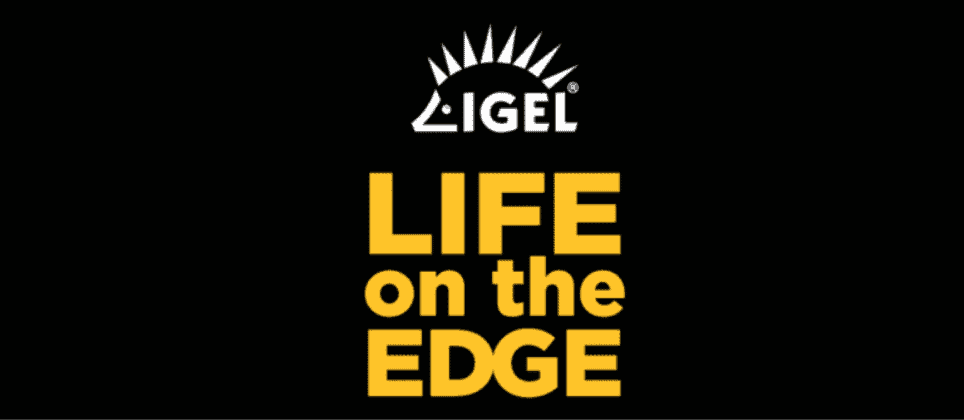IGEL Blog

Why a Endpoint May Replace Your Next PC
 Worldwide, endpoint (thin client) use is on the rise while PC sales are slowing down. Part of that reason is the cost of supporting and managing traditional PCs, coupled with the acceptance of mobile devices in the workspace. Another large part of the equation is the rapid rise of cloud computing. So what exactly is an endpoint, and why are they replacing the traditional PC or ‘fat client?’
Worldwide, endpoint (thin client) use is on the rise while PC sales are slowing down. Part of that reason is the cost of supporting and managing traditional PCs, coupled with the acceptance of mobile devices in the workspace. Another large part of the equation is the rapid rise of cloud computing. So what exactly is an endpoint, and why are they replacing the traditional PC or ‘fat client?’
An endpoint is basically a small form factor, solid-state computer optimised for connecting to a data centre or cloud service provider and is managed centrally by a manufacturer’s operating software. They operate in a virtual environment, so software, operating systems and data storage are shared and accessed by those that need it at any time. With all data stored in the cloud or local data centre, an endpoint can be accessed by any approved staff member
With no user-accessible storage on board, endpoints are naturally cheaper to buy than most PCs. Removing the user-accessible storage from a device means that there are no moving parts since there is no need for a fan to cool things down. Therefore they run more quietly, use less energy and break down less.
Central Management
Perhaps the biggest benefit is the central management of an endpoint network.
Since data is stored in the cloud rather than on each separate device, IT organisations can save a lot of time, effort and cost by consolidating data security. Instead of a licence to protect every device, data security can be moved to the cloud provider or kept at the server level if the company has their own private cloud. Storing and transporting data on a USB drive remains a security risk, but this can easily be countered by the most operating software, which provides administrators with the means to lock out any USB device that is not recognised.
Software exists that allows laptops and notebooks to be converted into an endpoint, giving them the same management and security capabilities. This also provides companies with the option of introducing new technology in stages, reducing the burden of purchasing a whole new suite of hardware at once. Some of the more advanced endpoint vendors are now adding local capabilities to each device, responding to user needs such as unified communications and wireless mobility.
Size Benefits
Space saving is another area where endpoints have it over traditional PCs. An endpoint is generally about the size of a USB drive. They also produce less heat than a fat client, making the operating environment more comfortable and producing less wear on the hardware itself since heat causes components to expand and contract.
Cost Benefits
The total cost of savings to a company can be as much as 70 percent, according to a study by Bloor Research. Power and hardware costs are the obvious areas of improvement, but companies can also save a lot of overhead on administration since a centrally-managed environment involving endpoints simplifies the role of an IT department and makes the job of maintaining a computer network quicker and less complex. For larger companies, this can even equate to a smaller IT staff or reduced outsourcing costs.
Control
Endpoints also provide organisations with more control over the changes employees can make to their work computer by changing its settings, removing a source of frequent headaches for an IT department.
Environmentally-Friendly
Finally, endpoints also help to reduce a company’s environmental footprint due to the smaller power consumption. It is true that extra servers are generally required to store the consolidated data, and the subsequent cost of cooling down a server room is quite high. However, adding up factors like individual unit power consumption, reduced heat output and fewer replacement parts, and the green benefits easily come out on top.
Add it all up and it’s easy to see why your next PC may just be an endpoint.


